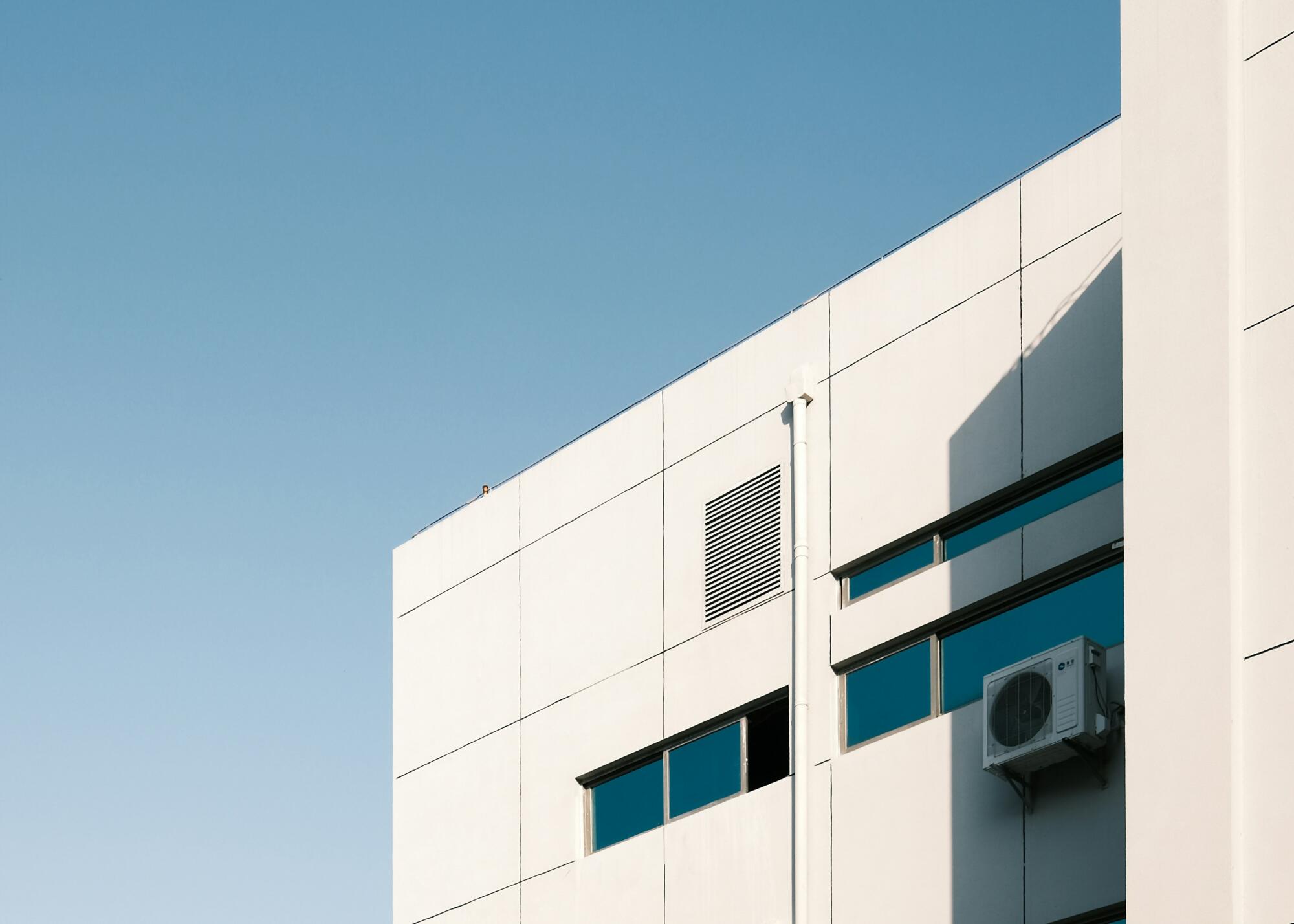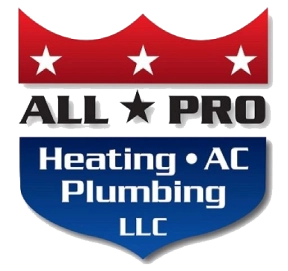
As summer rolls into Sullivan, Illinois, the average monthly highs in July and August can be as high as 85 degrees Fahrenheit. That’s when the importance of a well-functioning air conditioning (AC) system cannot be overstated.
The hot and humid weather can make indoor conditions unbearable if your AC isn’t up to par. Proper maintenance and preparation of your AC unit not only ensure comfort but also enhance efficiency, save on energy bills, and extend the life of your system.
Here’s a comprehensive guide on how to prep your AC for the warmer weather.
1. Inspect and Clean the Filters
When was the last time you inspected and cleaned your AC’s filters? If you can’t remember, or if the answer is never, then it’s time to change that.
Dirty AC filters obstruct airflow, reduce efficiency, and can lead to system malfunctions. They aren’t just necessary for better indoor quality but can result in your AC functioning optimally.
Here’s how to do it. Locate the filter compartment, usually found behind the return air grille, inside the blower compartment, or in a slot on the side, bottom, or top of the unit.
If the filter is reusable, clean it thoroughly with water and let it dry before reinstalling. If it’s disposable, replace it with a new one.
Ideally, filters should be cleaned or replaced every 1-3 months, depending on usage and air quality. Put it on your to-do list so you never forget to do this important task.
2. Clean the Condenser Coils
Indoor and outdoor air pollution is increasing rapidly. This is due to construction, industries, and other reasons. All this dust in the air can result in your condenser coils getting clogged up.
Over time, as the condenser coils accumulate dirt and debris, this can hinder the system’s ability to cool effectively.
Here’s how to clean your condenser coils.
Turn off the power to the AC unit. Remove any debris around the unit and clean the coils with a soft brush.
For a deeper clean, use a coil cleaner spray available at most hardware stores. Rinse off the cleaner with a gentle stream of water and allow the coils to dry completely.
3. Check the Thermostat
Ensure your thermostat is functioning correctly and set to an appropriate temperature.
You can test your thermostat by setting your thermostat to cooling mode and lowering the temperature setting. Listen for the AC unit to start and check if it’s blowing cool air.
Consider upgrading to a programmable and smart thermostat like Nest. This allows you to set temperature schedules, enhancing energy efficiency by cooling your home only when needed.
You can also turn on the AC before you arrive home so your house is cool upon arrival and switch off the AC remotely through your phone when you are away.
4. Inspect the Ductwork
Leaky or dirty ducts can significantly reduce the efficiency of your AC system.
Look for visible signs of wear and tear, such as holes, gaps, or disconnections. For a thorough inspection, consider hiring a professional to check for hidden leaks and ensure ducts are properly sealed and insulated.
5. Clear the Area Around the Outdoor Unit
Ensure the outdoor condenser unit has adequate clearance for optimal airflow. Remove any leaves, grass, or other debris from around the unit. Trim back vegetation to maintain at least two feet of clearance on all sides.
Make sure the unit is level and on a firm surface to prevent operational issues.
6. Check Refrigerant Levels
Low refrigerant levels can cause your AC to work harder, leading to higher energy bills and potential damage.
Some signs of low refrigerant are warm air blowing from vents, hissing or bubbling noises, or ice forming on the refrigerant lines.
If you suspect low refrigerant, contact a professional AC technician to check and recharge the refrigerant. Handling refrigerants requires specialized knowledge and tools.
7. Inspect Electrical Components
Faulty electrical components can cause system failures and pose safety hazards. Turn off the power and check for signs of wear or damage on wiring and connections. For safety reasons, it’s best to have a professional technician inspect and service electrical components.
8. Test the AC System
Before the peak of summer heat hits, test your AC system to ensure it’s working properly. Turn on the AC and let it run for a while. Listen for unusual noises, check for consistent airflow, and ensure the temperature drops to the desired level.
Pay attention to how quickly the system cools your home and whether it maintains a consistent temperature. If it doesn’t do what it’s supposed to, then you need to get it checked out by an HVAC professional.
9. Schedule Professional Maintenance
An annual professional tune-up can identify and address potential issues before they become major problems.
Schedule an air conditioner checkup visit with a licensed HVAC technician in Sullivan, IL. They will inspect essential components, check refrigerant levels, and ensure your system is running efficiently.
Summer HVAC preparation can extend the life of your AC unit, improve performance, and reduce the likelihood of unexpected breakdowns during the hottest months.
10. Consider an AC Upgrade
If your AC unit is old or frequently requires repairs, it might be time to consider an upgrade. Newer models are more energy-efficient, which can lead to significant savings on your energy bills.
Check for local rebates and incentives for upgrading to energy-efficient models. This can offset the initial cost of a new unit and prepare your AC for the heat that’s coming.
Prep Your AC Using Our Sullivan IL Cooling Tips
In Sullivan, IL, especially during the summertime, you cannot have an AC that doesn’t function optimally. You need to follow our Sullivan IL cooling tips to prep your AC as soon as possible.
All Pro Heating AC Plumbing, LLC is a veteran-owned small business that has HVAC professionals ready to deal with any AC maintenance need you might have. We have over 150 years of experience and can visit you 24/7 to get your AC back in order.
Contact us to set up an appointment or to learn more about our HVAC & plumbing services in Sullivan, IL.
